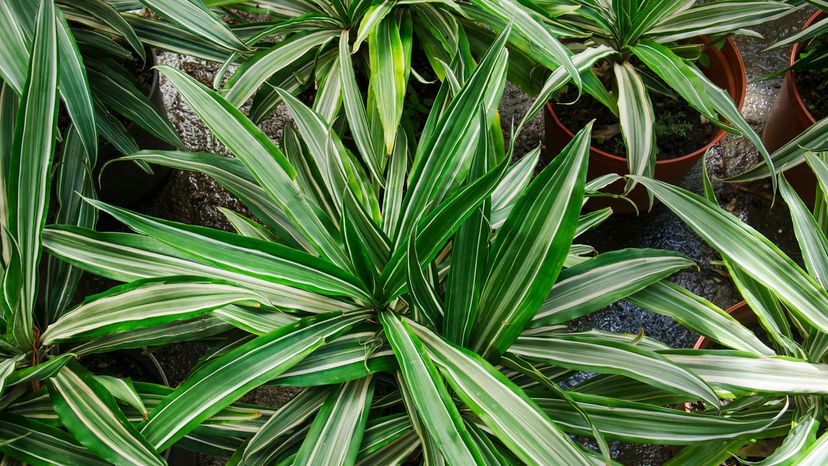In mixed container gardens, taller dracaenas like the dragon tree work best at the back or center, depending on the viewing angle. Surround them with mound-shaped and cascading annuals for a dynamic display.
For those preferring low-maintenance plants, dracaenas like the mass cane are a great choice.
With species like the Dracaena marginata, or the dragon tree, you can create a striking vertical element in your garden. This tall, elegant plant, with its slender leaves and woody stems, pairs beautifully with softer, bushier plants, offering a contrast in textures and forms.
Planning an Indoor Garden
For an indoor garden, the compact Dracaena fragrans, or corn plant, brings a touch of the tropics without needing much room. Its broad, dark green leaves work well in tight corners or alongside furniture, making it an ideal indoor plant.
Remember that dracaena houseplants are excellent at filtering indoor air pollutants, meaning they're not just decorative but functional as well. For those interested in a more colorful palette, the Dracaena reflexa "Song of India" offers variegated leaves with bright stripes.
This article was updated in conjunction with AI technology, then fact-checked and edited by a HowStuffWorks editor.

